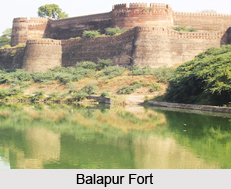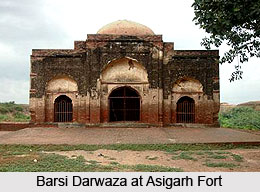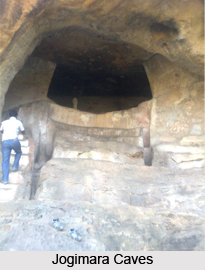 Architectural developments during 19th century were generalised to a vast extent. British India was gradually moving towards a colonial look and every architecture was a shadow of structures back in England. During the era of 1800, the British urban settlements in Upper India emerged as cantonments separated from the bazaar and Indian life. They usually rested five or six miles from the Indian city with which they were associated. They included permanent bungalows, mess halls, barracks, clubs and a garrison church. Within the cantonment the civilians and military were further divided from one another.
Architectural developments during 19th century were generalised to a vast extent. British India was gradually moving towards a colonial look and every architecture was a shadow of structures back in England. During the era of 1800, the British urban settlements in Upper India emerged as cantonments separated from the bazaar and Indian life. They usually rested five or six miles from the Indian city with which they were associated. They included permanent bungalows, mess halls, barracks, clubs and a garrison church. Within the cantonment the civilians and military were further divided from one another.
Architectural developments from this point onward, i.e. 19th century, the British gradually developed the bungalow from a thatch-covered one floored structure to a substantial house, adapted to its tropical surroundings. On occasion, certain classical details were also worked into its design. They usually resided in separate compounds. Necessity created complimentary cane and bamboo furniture.
Approximately during the time of 1830, the development of hill station as a British summer refuge began to gain momentum. Ootacamund (popular as Ooty, in Nilgiris district, Tamil Nadu) in the Nilgiris Hills of southern India and Shimla and Darjeeling in the foothills of the Himalayas developed first. These architectural developments were to be followed by Muree (presently in Pakistan), Mussoorie, Dalhousie, Nainital, Almora and Kalimpong.
This article is a stub. You can enrich by adding more information to it. Send your Write Up to content@indianetzone.com




